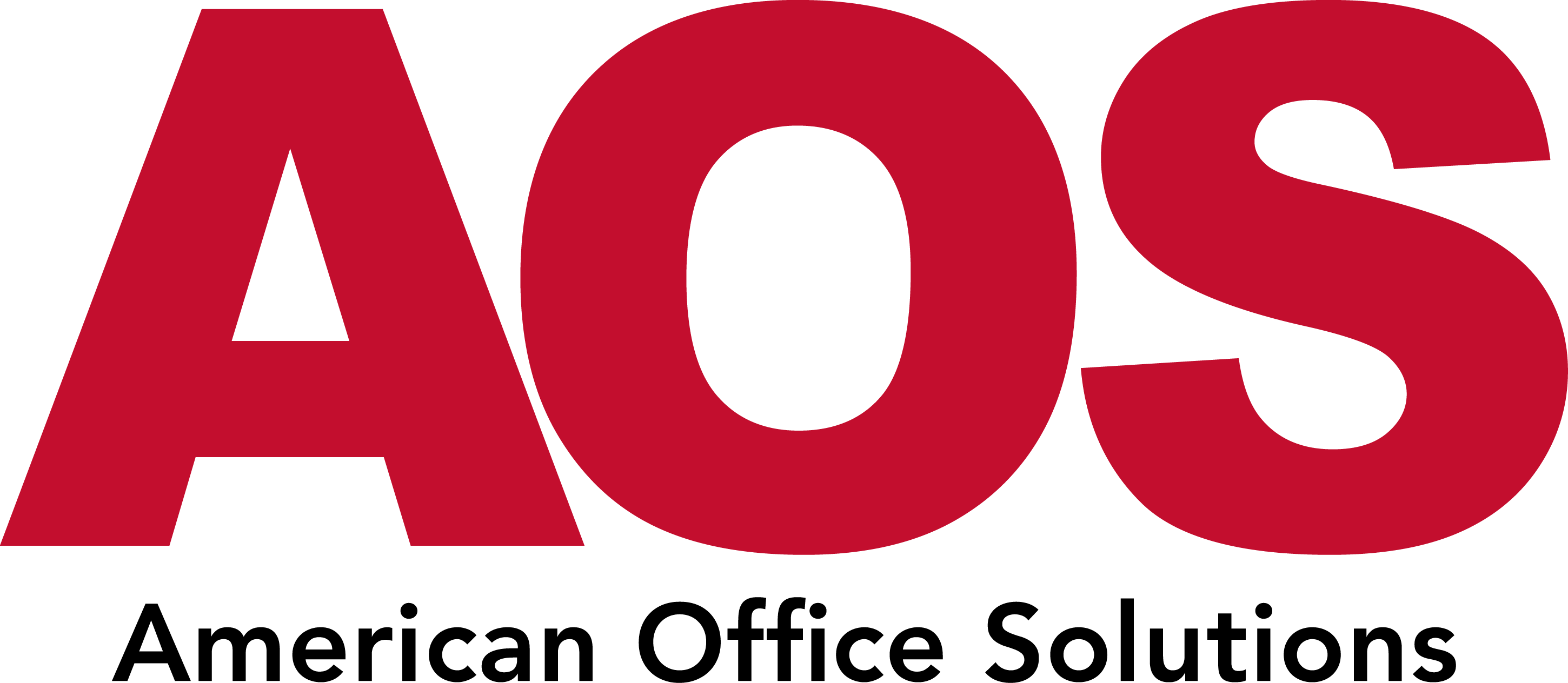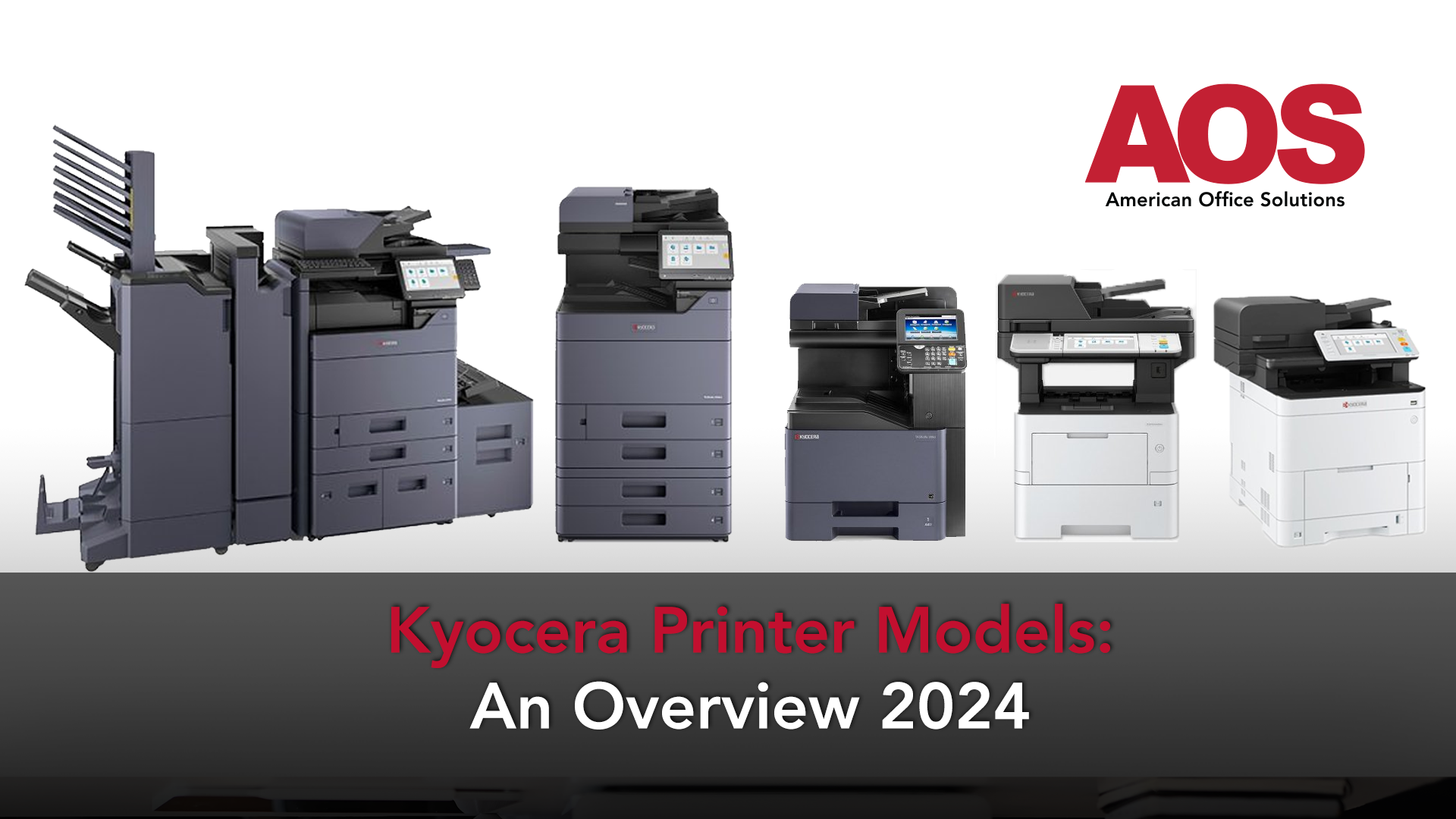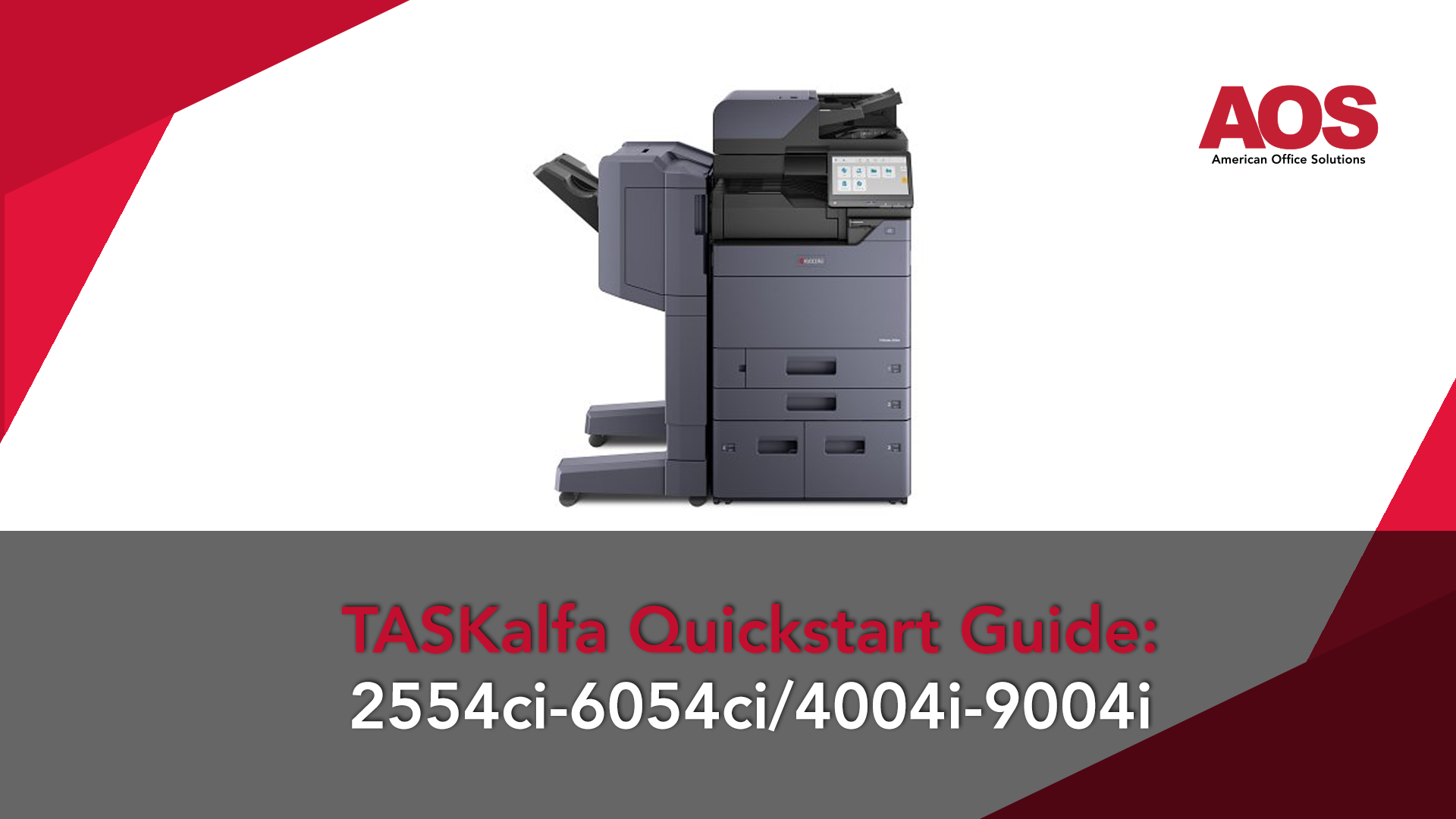
Discover how managed print services can revolutionize your printing processes and boost productivity.
Understanding Managed Print Services
Managed print services offer a holistic solution for businesses looking to streamline their printing operations and boost productivity. By partnering with a specialized provider, companies can delegate the management of their print infrastructure. This encompasses prompt service and maintenance to address any challenges or malfunctions, automated supply replenishment for essentials like toner, and continuous monitoring of overall usage to ensure optimal efficiency in the workplace.
One of the significant advantages of utilizing managed print services is the opportunity to gain a comprehensive understanding of the organization's printing environment. By conducting detailed assessments and thorough analysis, managed print service providers can act as long-term partners in identifying areas for enhancement and implementing strategies to streamline workflows, leading to potential cost savings. These strategies encompass device consolidation, the implementation of print policies, and the optimization of print settings. By delving into print usage patterns and behaviors, businesses can make well-informed decisions to reduce expenses, boost productivity, and minimize waste effectively.
An essential element of grasping managed print services is the focus on security. Managed Print Services automatically deliver firmware updates to ensure that your device remains current on security measures, alleviating the workload on your IT team.
In summary, understanding managed print services involves recognizing the comprehensive solutions they offer, the insights they provide into the print environment, and the security measures they implement to protect sensitive information.
Benefits of Managed Print Services
Managed print services offer numerous benefits to businesses of all sizes. Here are some key advantages:
1. Cost-effective solutions: Managed Print Services offer budget-friendly options starting as low as $35 per month. All-inclusive of toner, with added benefits like included maintenance and support, you can avoid expensive repair services that eat from your budget and time.
2. Increased productivity: By streamlining print workflows and providing reliable support, managed print services can improve employee productivity. With less time spent on troubleshooting printer issues or managing supplies, employees can focus on their core tasks and work more efficiently.
3. Enhanced security: Managed print services prioritize the security of print environments. With features like user authentication and secure printing, businesses can protect sensitive information from unauthorized access and ensure compliance with data privacy regulations.
4. Environmental sustainability: Managed print services promote eco-friendly practices by encouraging responsible printing behaviors and implementing energy-saving measures. By reducing paper waste and energy consumption, businesses can minimize their environmental footprint.
5. Scalability and flexibility: As businesses grow and evolve, their printing needs may change. Managed print services offer the scalability and flexibility to adapt to these changing requirements. Providers analyze your data and can make recommendations such as adjusting the print infrastructure, add or remove devices, and optimize workflows to meet the evolving needs of the organization.
In conclusion, the benefits of managed print services include cost savings, increased productivity, enhanced security, environmental sustainability, and scalability.
Implementing Managed Print Services
Implementing managed print services involves several steps to ensure a smooth transition and successful integration. Here's an overview of the implementation process:
1. Assessment: The first step is to conduct a thorough assessment of the organization's current print environment. This includes gathering data on devices, print volumes, and costs. The assessment helps identify areas for improvement and sets a baseline for measuring the impact of managed print services.
2. Planning: Based on the assessment, a customized plan is developed to address the specific needs and goals of the organization. The plan includes recommendations for optimizing the print infrastructure, implementing print policies, and selecting the right devices and solutions.
3. Deployment: Once the plan is finalized, the deployment phase begins. This involves installing and configuring the necessary hardware and software, integrating the print infrastructure with existing systems, and training employees on the new processes and tools.
4. Monitoring and Management: After deployment, the managed print service provider continuously monitors and manages the print environment. This includes proactive monitoring of devices, automatic supply replenishment, and remote troubleshooting. Regular performance reviews and reporting help track progress and identify further optimization opportunities.
5. Continuous Improvement: Managed print services are an ongoing partnership between the organization and the service provider. Regular communication, feedback, and collaboration ensure that the print environment remains optimized and aligned with the organization's evolving needs.
In summary, implementing managed print services involves conducting an assessment, developing a customized plan, deploying the necessary hardware and software, monitoring and managing the print environment, and continuously improving the processes.
Choosing the Right Managed Print Services Provider - Consider Local
When selecting a managed print services provider, it's essential to consider several factors to ensure the right fit for your organization. One important consideration is choosing a local provider. Here's why it matters:
1. On-site Support: Local managed print service providers can offer more responsive on-site support. In case of technical issues or maintenance requirements, they can quickly dispatch technicians to resolve the problem, minimizing downtime and disruptions.
2. Knowledge of Local Market: Local providers have a better understanding of the local market and its specific needs. They can tailor their services to meet the unique requirements of businesses in the area and provide insights and recommendations based on their knowledge of the local industry.
3. Personalized Service: Being in close proximity allows local providers to develop a personal relationship with their clients. They can offer more personalized service, taking the time to understand the organization's goals, challenges, and preferences. This level of personalized attention can result in a more tailored and effective managed print service solution.
4. Having the convenience of reaching out to a local office for assistance with any inquiries, concerns, or necessary adjustments.
5. Supporting the Local Economy: Choosing a local provider supports the local economy by keeping business within the community. It contributes to job creation and economic growth, benefiting the organization and the community as a whole.
In conclusion, considering a local managed print services provider can provide advantages such as on-site support, knowledge of the local market, personalized service, and support for the local economy.
Maximizing ROI with Managed Print Services
Maximizing return on investment (ROI) is a crucial aspect of implementing managed print services. Here are some strategies to maximize ROI:
1. Set Clear Goals: Define clear goals and objectives for implementing managed print services. Whether it's reducing costs, improving productivity, or enhancing security, having specific targets helps measure the success and impact of the initiative.
2. Regular Assessment and Optimization: Continuously assess and optimize the print environment to identify further cost-saving and efficiency improvement opportunities. Regularly review print volumes, device usage, and print policies to ensure they align with the organization's goals and adjust as needed.
3. Employee Training and Engagement: Educate employees about the benefits of managed print services and encourage their active participation. Provide training on print policies, security measures, and efficient printing practices. Engage employees in sustainability initiatives to promote responsible printing behaviors.
4. Monitor and Analyze Data: Leverage the data and insights provided by the managed print service provider to make informed decisions. Monitor print usage, track costs, and analyze trends to identify areas for further optimization and improvement.
5. Communication with the Provider: Maintain open and regular communication with the managed print service provider. Share feedback, discuss challenges, and collaborate on strategies to maximize the value and ROI of the services.
By implementing these strategies, organizations can effectively maximize the ROI of their managed print services investment.
In conclusion, maximizing ROI with managed print services involves setting clear goals, regularly assessing and optimizing the print environment, training and engaging employees, monitoring and analyzing data, and maintaining open communication with the provider.








